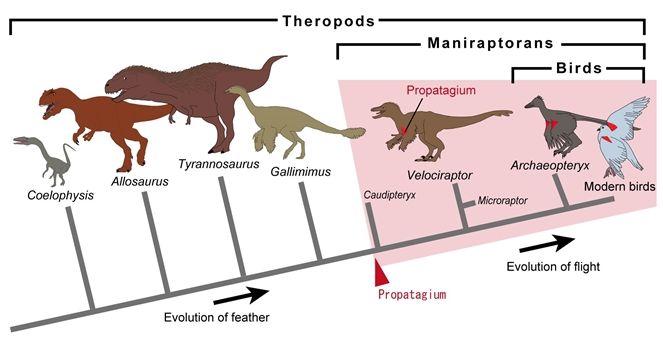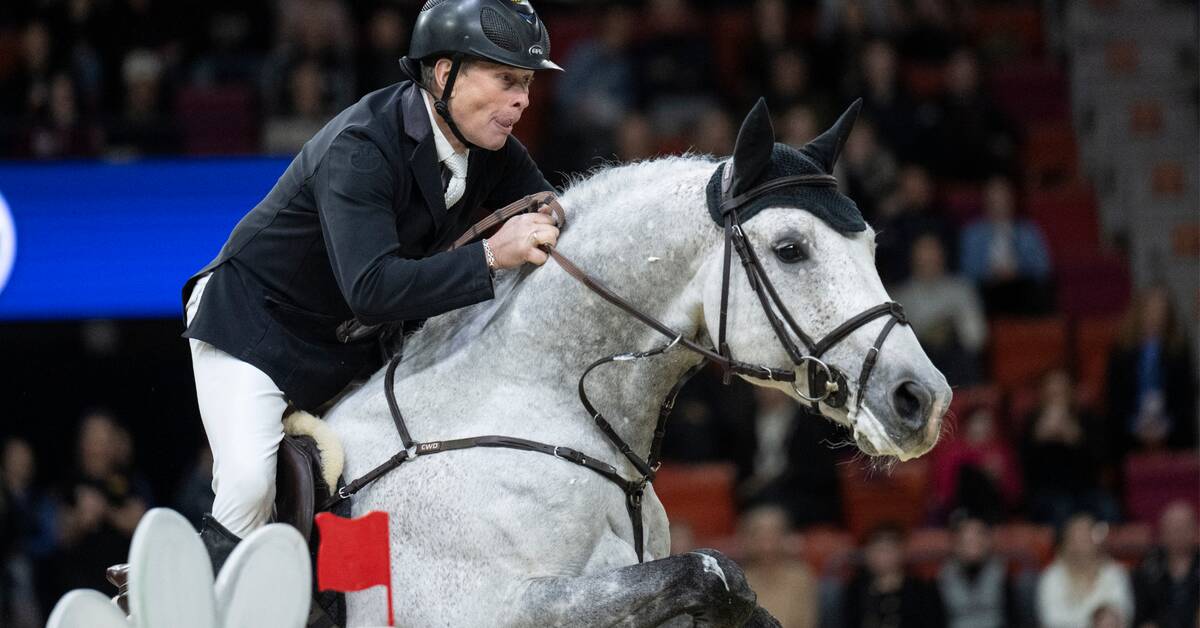A branch of the Tree of Life that covers the time when the propatagium, a vital part for flight in future birds, appears.
Nationalgeographic.co.id – Modern flightless birds all possess a special wing structure called a propatagium, without which they cannot fly. The evolutionary origins of this structure remain a mystery, but new research suggests it evolved in nonavian dinosaurs.
The findings come from statistical analysis of arm joints preserved in fossils and help fill some of the gaps in knowledge about the origins of bird flight.
For a long time, we have known that modern birds evolved from certain lineages of dinosaurs that lived millions of years ago.
This led researchers to look at dinosaurs to explain some of the features that are unique to birds, for example, feathers, bone structure, and so on. But there is something special about bird wings in particular that has intrigued researchers at the University of Tokyo’s Department of Earth and Planetary Sciences.
“At the leading edge of a bird’s wing is a structure called the propatagium, which contains muscles connecting the shoulder and wrist that help the wings flap and make flight possible,” said professor Tatsuya Hirasawa.
“It is not found in other vertebrates, and has also been found to have disappeared or lost its function in non-flying birds, one of the reasons we know it is important for flight. So, to understand how flight evolved in birds, we have to know how Propatagium evolved. This is what prompted us to explore some of the ancestors of modern birds, the theropod dinosaurs.”
Although soft tissue such as that found in the propatagium is not well fossilized, there are some very rare and well-preserved examples like this one. The Propatagium is labeled PPT in figure D.
Theropod dinosaurs, such as Tyrannosaurus Rex and Velociraptor, has arms instead of wings. If scientists can find evidence of an early example of propatagium in these dinosaurs, it will help explain how the modern avian branch of the tree of life transitioned from weapons to wings.
However, that’s not so simple, because the propatagium is composed of soft tissue that doesn’t fossilize very well, so direct evidence may be impossible to find.
Instead, researchers must find an indirect way to identify the presence or lack of propatagium in specimens.
Also Read: Brain Reconstruction: Spinosaurus Specialized for Catching Fish
Also Read: Baby Pterosaurs: Animals with Amazing Flying Ability


